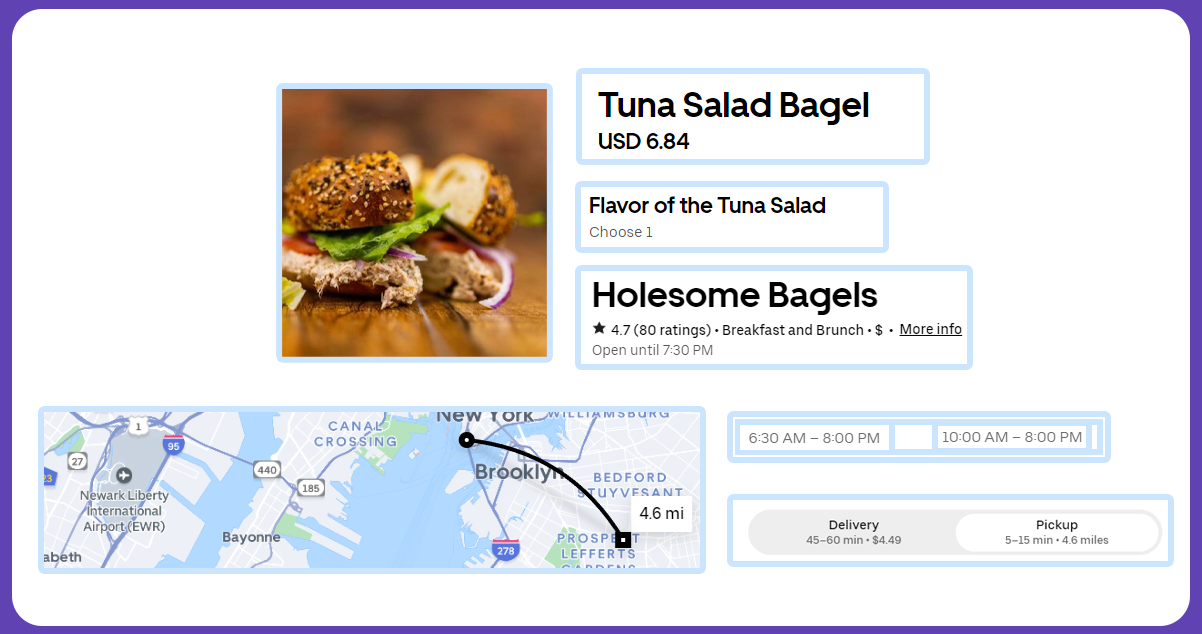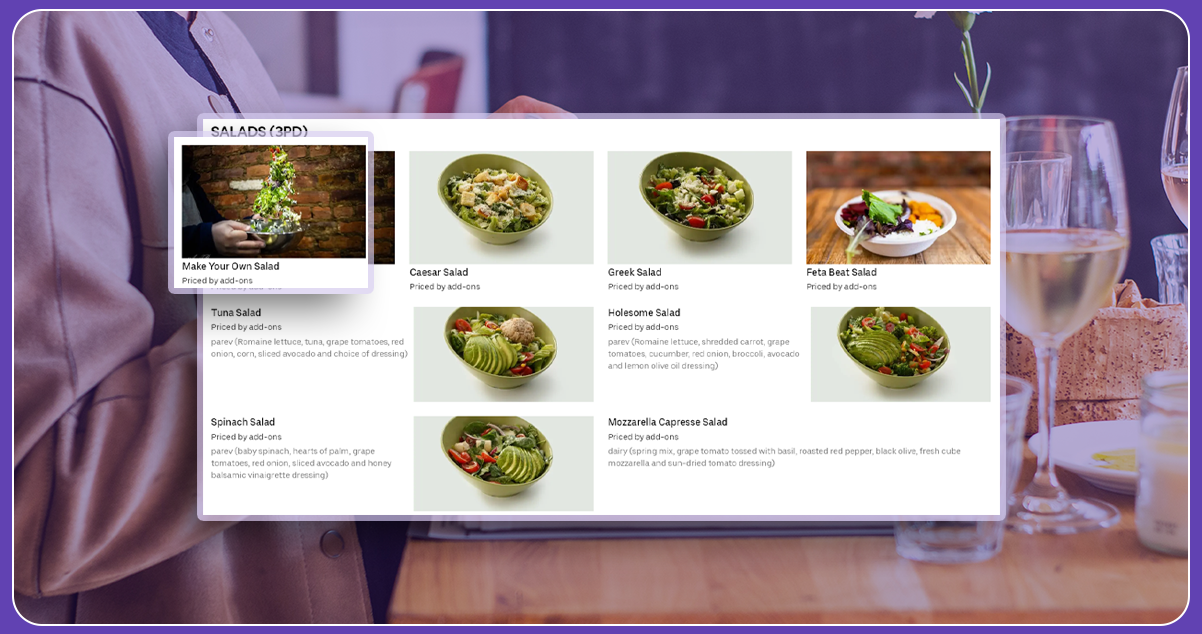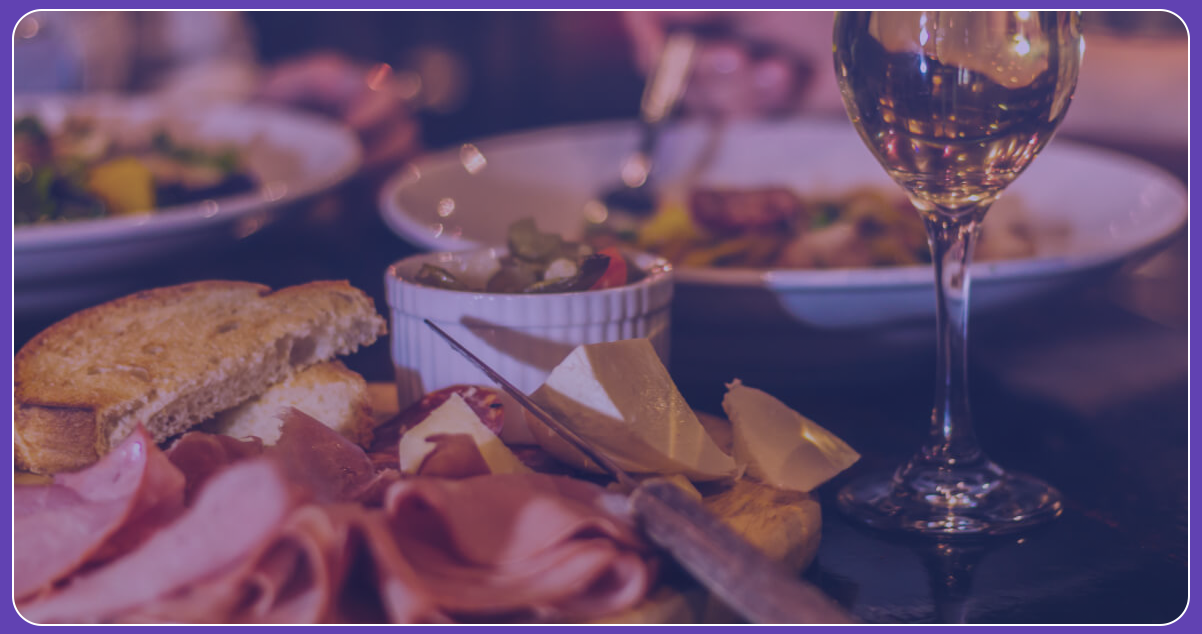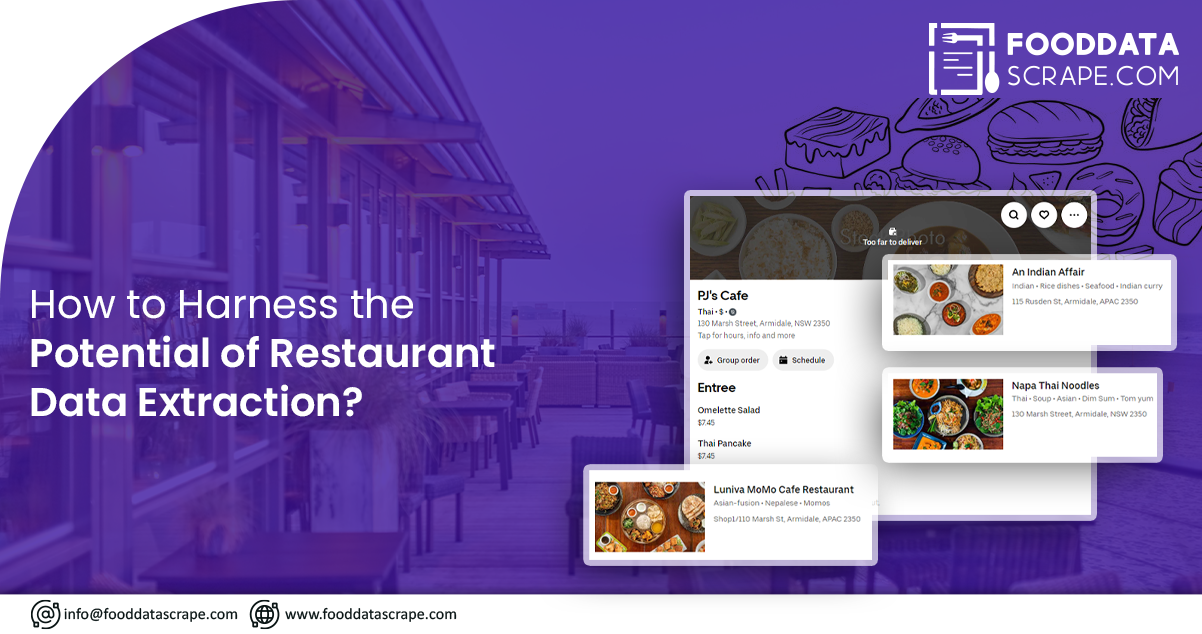In recent times, restaurant data extraction has emerged as a transformative trend within the industry. Restaurant proprietors are increasingly leveraging this technology to gain a competitive edge. One notable application involves extracting data from competitor menus, which empowers restaurant owners to curate innovative menus and craft exclusive deals that distinguish their offerings from the competition.
Moreover, having a comprehensive understanding of industry pricing dynamics for various menu items is invaluable. It enables restaurant businesses to formulate effective pricing strategies that remain competitive and resonate with their target audience. By analyzing pricing trends, establishments can balance profitability and customer satisfaction.
The real game-changer in this scenario is web scrape restaurant data. Restaurant owners can access a wealth of information by collecting data from various online sources, such as competitors' websites or review platforms. This data includes menu item details, pricing information, customer reviews, and more.
In the competitive food and beverage industry, unlocking its full potential can be daunting. What truly distinguishes you from the rest? The answer is in three words: restaurant menu scraping.
In this ever-evolving landscape, keeping a watchful eye on your competitors is no longer a choice but a necessity. Isolation is no longer a viable strategy. Instead, the World Wide Web and the art of food delivery data scraping have emerged as essential tools for tracking your competitors and gathering invaluable data.
The manual collection of restaurant location and menu data takes time and effort. That's where restaurant menu data scraping services come to the forefront. They offer a swift and efficient alternative, promptly delivering the information you require to manage your restaurant precisely and effectively.
Through restaurant menu scraping, you gain profound insights that empower your menu creation and decision-making processes. Our services can provide you with the most relevant and up-to-date data, ensuring you remain at the forefront of your industry.
List of Data Fields

- Restaurant Name
- Food Menu
- Food Range
- Ratings
- Total Reviews
- Price Range
- Establishment Type
- Complete Address
- Restaurant Timing
- Contact Details
- Website, if available
- Photos
Restaurant data extraction from diverse restaurant types holds immense value, serving purposes like market research, trend analysis, and informed decision-making. Let's explore five restaurant categories and the pertinent data you should consider gathering from each:
Fine Dining Restaurants:

- Menu Offerings: Detailed list of dishes, ingredients, and corresponding prices.
- Customer Demographics: Insights into the age, gender, and income levels of patrons.
- Reservation Data: Booking patterns, reservation times, party sizes, and reservation frequency.
- Reviews and Ratings: Customer feedback and ratings sourced from platforms like Yelp, Google, or TripAdvisor.
- Staff-to-Customer Ratio: Number of servers, chefs, and support staff per customer.
Fast Food Chains:
- Menu Items and Combos: Comprehensive catalog of meals, deals, and associated prices.
- Average Order Preparation Time: Time elapsed from order placement to order fulfillment.
- Peak Hours: Identification of peak footfall times throughout the day.
- Sales Channels: Comparison between drive-thru and in-store sales.
- Social Media Engagement: Metrics like followers, likes, and comments on platforms like Facebook and Instagram.
Cafés and Coffee Shops:
- Coffee and Beverage Offerings: The menu includes various coffee, teas, and other beverages.
- Snacks and Pastries: Selection of baked goods and snack options.
- Wi-Fi Usage: Count of customers utilizing Wi-Fi services.
- Seating Preferences: Insights into customer choices between indoor and outdoor seating.
- Loyalty Program Participation: Number of customers enrolled in loyalty programs.
Ethnic or Specialty Restaurants:
- Cuisine-Specific Data: Unique dishes specific to the cuisine served.
- Ingredient Sourcing: Information regarding the origin of specialty ingredients.
- Cultural Events and Promotions: Participation in cultural festivals and special events.
- Cross-Cultural Appeal: Percentage of customers from diverse cultural backgrounds.
- Language Preferences: Preferred language for menus and communication.
Farm-to-Table or Organic Restaurants:
- Source of Ingredients: Details about local farms and suppliers providing ingredients.
- Organic Certification: Confirmation of adherence to organic standards.
- Sustainability Practices: Insight into sustainability initiatives like recycling and composting.
- Seasonal Offerings: Menu items based on the availability of seasonal produce.
- Community Engagement: Participation in community events and support for local initiatives.
Collecting this diverse range of data from various restaurant types equips you with valuable insights to make informed decisions, refine strategies, and adapt to evolving market dynamics.
The Importance of Having a List of Restaurants and Contact Information

In the digital age, the menu serves as a crucial initial point of contact with customers who comfortably browse it from their homes before deciding to dine at your restaurant.
Customers are pursuing maximum perceived value from the menu, with more choices often being more enticing. What they desire most is customization, personalization, and creativity. So, how can you discern the menu that resonates most effectively with your target audience? The solution lies in restaurant menu scraping services, which enable the analysis of a diverse range of online menus. A restaurant scraping tool is the competitive edge you require. Focus your attention on restaurants with high foot traffic and positive reviews. There are also web pages that consolidate menus, offering a wellspring of specific data.
Next, delve into the analysis of your best-selling dishes. Examine the dish names and descriptions that genuinely captivate your audience. Explore the art of creating a well-balanced selection across different courses. Once again, a restaurant scraping tool becomes your invaluable ally.
Nevertheless, a profound understanding of your target audience is paramount before embarking on your data scraping journey. Create detailed buyer personas that encompass their consumption habits and preferences. Some restaurants cater exclusively to specific groups, such as vegetarians, vegans, health-conscious individuals, or connoisseurs of fine dining. Consider age groups as well; younger individuals are often more adventurous and trend-driven, while those above 50 may have distinct culinary expectations.
Unlocking the Benefits of Restaurant Data

Restaurant data scraper offers many advantages, including tracking competitors, deciphering customer behavior, pinpointing growth prospects, conducting thorough market research, aggregating valuable information, maintaining a stellar brand image, and performing insightful competitive analysis. Several platforms provide vital insights that empower businesses to maintain a competitive edge in the fiercely dynamic restaurant industry.
Tracking Competitors and Understanding Customer Behavior: Continuous competitor tracking unveils vital insights into pricing strategies, menu adaptations, and business growth trends. This information makes strategic decisions more informed, whether expanding to new locations or introducing enticing menu items. Additionally, online data analysis, such as ratings and reviews, unveils customers' favorite dishes and their opinions about food quality and restaurant services. This feedback is a compass for improving services and the overall dining experience.
Identifying Growth Opportunities and Conducting Market Research: Scraping restaurant data helps spot thriving areas where other establishments excel, shedding light on potential market gaps your business can exploit. You can thoughtfully expand your menu offerings by closely observing customer preferences and frequently ordered items. Market research through data scraping uncovers valuable insights about sought-after dining destinations and regions with limited culinary options, offering prime opportunities to launch new restaurants.
Data Aggregation and Competitive Analysis: Aggregating restaurant data provides a panoramic industry view, revealing emerging trends, untapped potential, and openings for new market players. Performing brand image and sentiment analysis using data scraping safeguards your restaurant's reputation. Furthermore, delving into competitor data lets you decipher their pricing strategies, understand customer sentiments, and explore their service offerings. With this knowledge, you can make data-driven decisions, driving continual improvements and staying ahead of the curve.
For comprehensive details, don't hesitate to contact Food Data Scrape. We're your one-stop solution for Food Data Aggregator and Mobile Restaurant App Scraping services. Our advanced insights and analytics empower informed decision-making, elevating your business strategies. Contact us today for data-driven success!
Get in touch
We will Catch You as early as we recevie the massage
Trusted by Experts in the Food, Grocery, and Liquor Industry






























































































